Il Sogno Barocco, Gemma Bertagnolli, Paolo Perrone - I Tesori del Barocco Romano (2024) [Hi-Res]
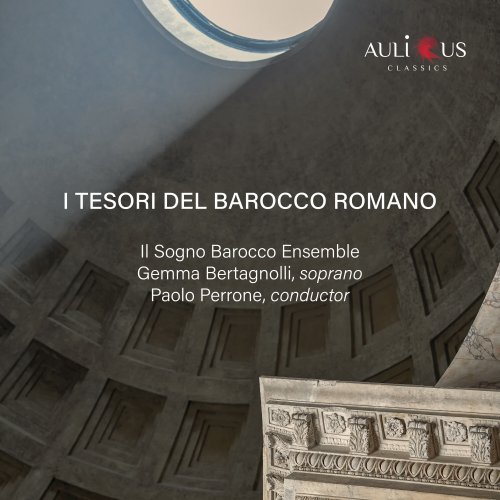
Artist: Il Sogno Barocco, Gemma Bertagnolli, Paolo Perrone
Title: I Tesori del Barocco Romano
Year Of Release: 2024
Label: Aulicus Classics
Genre: Classical
Quality: flac lossless (tracks) / flac 24bits - 48.0kHz
Total Time: 00:49:07
Total Size: 280 / 536 mb
WebSite: Album Preview
TracklistTitle: I Tesori del Barocco Romano
Year Of Release: 2024
Label: Aulicus Classics
Genre: Classical
Quality: flac lossless (tracks) / flac 24bits - 48.0kHz
Total Time: 00:49:07
Total Size: 280 / 536 mb
WebSite: Album Preview
01. Trio Sonata Op. 1 No. 5 in E Minor: I. Grave
02. Trio Sonata Op. 1 No. 5 in E Minor: II. Vivace
03. Trio Sonata Op. 1 No. 5 in E Minor: III. Adagio
04. Trio Sonata Op. 1 No. 5 in E Minor: IV. Vivace
05. Rorate Caeli
06. Hodie Beata Francisci Anima
07. Amare Et Non Videre
08. Manum Suam Aperuit Inopi
09. In Altis Habitat
10. Suspirando Aeternas Delitias
11. Trio Sonata Op. 2 No. 1 "La Foggia": I. Adagio - Allegro
12. Trio Sonata Op. 2 No. 1 "La Foggia": II. Canzone
13. Trio Sonata Op. 2 No. 1 "La Foggia": III. [Senza indicazione di tempo]
14. Trio Sonata Op. 2 No. 1 "La Foggia": IV. Adagio
15. Trio Sonata Op. 2 No. 1 "La Foggia": V. Allegro
16. Gloria in Excelsis Deo
17. Et in Terra Pax
18. Laudamus Te
19. Domine Deus
20. Qui Tollis Peccata Mundi
21. Quoniam Tu Solus Sanctus (Amen)
22. Tu del Ciel Ministro Eletto
Rome is the common denominator of the composers brought together in this recording: Mannelli was born there and carried out all his activities, Alessandro Scarlatti spent several periods of his life there, alternating with Naples, the Saxon Haendel arrived there in 1707 and stayed for most of his Italian stay, while Antonio Caldara took up the position of Prince Ruspoli’s chapel master in 1709.
Everyone found themselves, therefore, in the baroque city that cultivated its splendour, thanks to the patronage of the great patrician families; still visible today in the very configuration of so many squares and palaces, it survives in the archives and libraries that give the measure of numerous leading personalities, protagonists of a rich musical everyday life. The poles around which this revolved can be identified in the musical chapels of the many Roman churches on the one hand, in the service of the noble houses or the small cardinal courts on the other: definitely liturgical music in the first case, of a more varied genre in the second, in any case bound to a particular practice by the presence of the papal court.

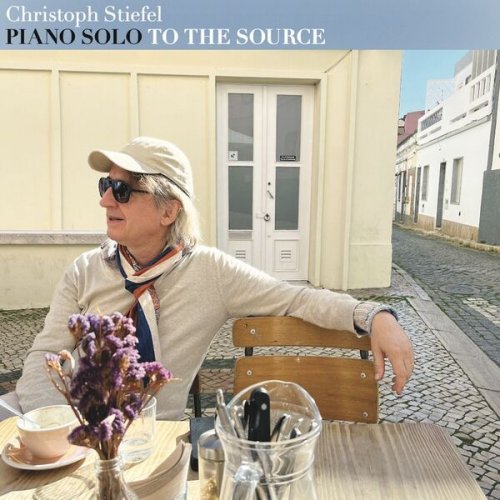
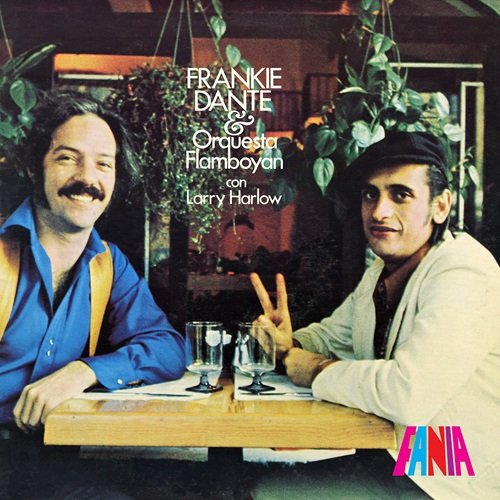

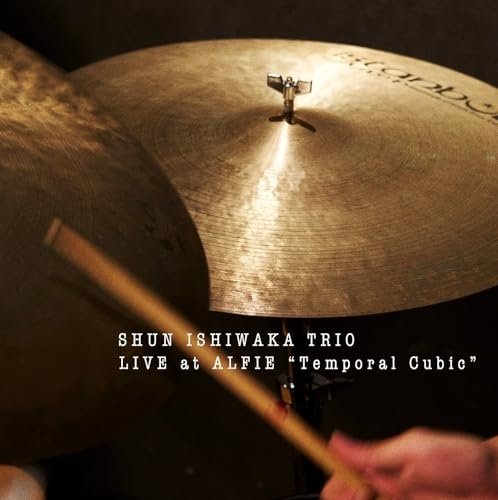
![Noé Sécula - A Sphere Between Other Obsessions (2025) [Hi-Res] Noé Sécula - A Sphere Between Other Obsessions (2025) [Hi-Res]](https://www.dibpic.com/uploads/posts/2025-12/1766108017_sej880ryk23va_600.jpg)
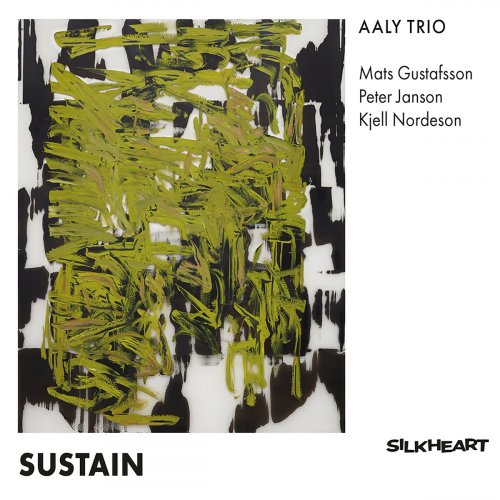
![Paul Mauriat - Mamy Blue (1971) [Hi-Res] Paul Mauriat - Mamy Blue (1971) [Hi-Res]](https://www.dibpic.com/uploads/posts/2025-12/1766140814_nqjtxk40yc4oi_600.jpg)
